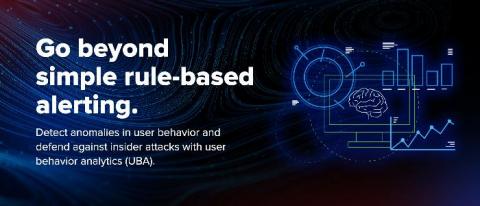Five worthy reads: Embracing the era of everything-as-a-service (XaaS)
Five worthy reads is a regular column on five noteworthy items we’ve discovered while researching trending and timeless topics. This week, we delve into the increasing adoption of XaaS models across enterprises to achieve agility, pervasive automation, and digitization of business verticals.











